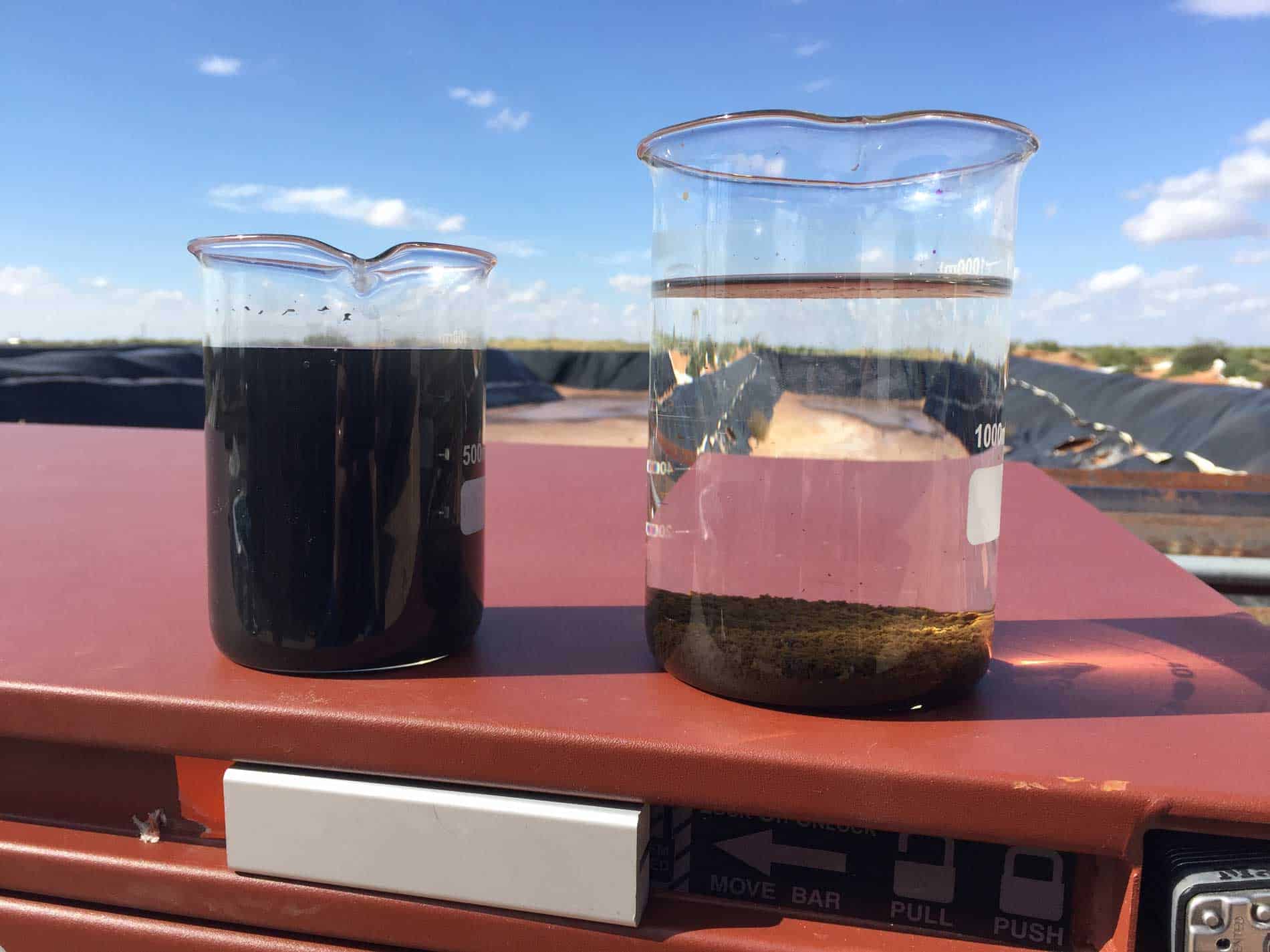Corrosion Potential of Produced Water Testing
The analysis of corrosion potential in produced water is a critical aspect of ensuring efficient and environmentally sustainable oil and gas operations. Produced water, which constitutes the majority of the wastewater generated during oil extraction processes, can be highly corrosive due to its salinity, dissolved gases, and chemical composition. Understanding the corrosion potential of this water helps operators mitigate pipeline and equipment damage, reduce maintenance costs, and comply with environmental regulations.
Corrosion is a significant challenge in the oil and gas industry because it leads to the degradation of materials used in production facilities, pipelines, and storage tanks. Produced water can contain corrosive agents such as hydrogen sulfide (H2S), carbon dioxide (CO2), chloride ions (Cl-), and sulfuric acid (H2SO4). These compounds can accelerate the rate of corrosion, leading to premature failure of equipment and increased operational costs.
The process of testing for corrosion potential involves several steps. First, produced water samples are collected from different sources within a production facility. Proper sample preparation is crucial to ensure accurate results; this includes filtration, pH adjustment, and temperature control. Once prepared, the samples undergo electrochemical methods such as polarization resistance tests (PRT) or linear polarization resistance (LPR) techniques. These methods measure the anodic and cathodic reactions involved in corrosion processes.
Electrochemical testing provides valuable insights into the behavior of produced water under various conditions, including changes in pH, temperature, and contact with different materials. This information is essential for predicting potential damage to equipment and pipelines over time. Additionally, the test results help engineers design protective coatings and inhibitors that can significantly reduce corrosion rates.
Accurate measurement of corrosion potential is also crucial for compliance with international standards such as ISO 12944-2 (Paints and varnishes - Corrosion protection of steelwork in outdoor environments), which provides guidelines on the use of cathodic protection systems. By adhering to these standards, companies can ensure that their facilities meet both regulatory requirements and best industry practices.
The results of corrosion potential tests are typically reported using a range of parameters such as open circuit potential (OCP), polarization resistance values, and hydrogen ion concentration. These metrics provide a comprehensive overview of the corrosive environment present in produced water samples. Understanding these values allows operators to implement targeted mitigation strategies tailored specifically to their operational conditions.
| Application | Description |
|---|---|
| Pipeline Integrity Assessment | Evaluates the risk of internal and external corrosion in pipelines transporting produced water. |
| Equipment Reliability Analysis | Determines the suitability of materials used in equipment handling produced water for optimal performance. |
| Inhibitor Efficacy Testing | Evaluates the effectiveness of corrosion inhibitors added to produced water streams. |
| Environmental Compliance Monitoring | Ensures that produced water meets environmental regulations regarding corrosivity and other parameters. |
Eurolab Advantages
At Eurolab, our expertise in producing high-quality testing services is unparalleled. Our advanced facilities, state-of-the-art equipment, and experienced technical staff enable us to deliver precise and reliable corrosion potential analysis for produced water samples. Here are some of the key advantages that set Eurolab apart:
- ISO 9001:2015 Accreditation: Our laboratory is certified by ISO, ensuring strict adherence to international quality standards.
- Expertise and Experience: With a team of highly qualified professionals with extensive experience in the oil and gas sector, Eurolab ensures accurate and reliable test results.
- Comprehensive Reporting: Our reports provide detailed insights into corrosion potential, helping clients make informed decisions regarding their operations.
- Custom Solutions: We offer tailored testing services to meet the specific needs of our clients, whether it's for compliance purposes or research and development activities.
- Environmental Awareness: Eurolab is committed to minimizing its environmental footprint through sustainable practices in all aspects of operations.
Competitive Advantage and Market Impact
The ability to accurately assess the corrosion potential of produced water gives companies a significant competitive advantage. By identifying and addressing potential corrosion issues early, operators can prevent costly repairs and replacements while ensuring optimal performance of their facilities.
For quality managers and compliance officers, accurate corrosion potential testing is essential for maintaining regulatory compliance and demonstrating environmental responsibility to stakeholders. R&D engineers benefit from this service by gaining insights into material selection and inhibitor effectiveness, which can lead to innovations in corrosion prevention techniques.
The market impact of effective produced water management extends beyond individual companies to the broader industry and environment. By reducing corrosion-related failures, operators contribute to safer operations and lower overall carbon footprints. This aligns with global efforts towards sustainability and responsible resource utilization.





